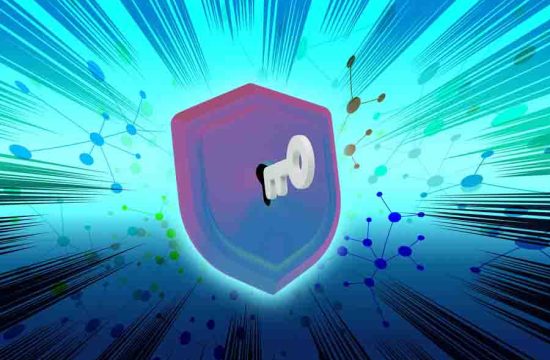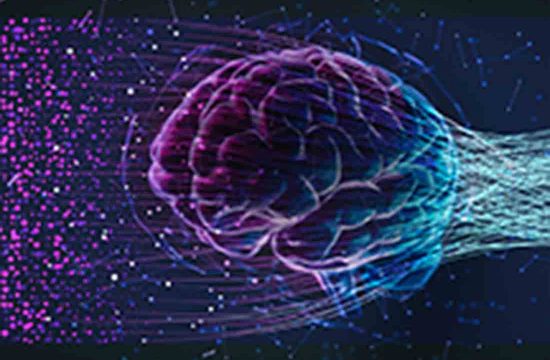
NASA and the National Science Foundation (NSF), in partnership with other federal agencies, have committed to a White House-led effort to strengthen education in science, technology, engineering and math (STEM).
Charting a Course for Success: A Federal Strategy for STEM Education lays out the federal government’s role in furthering STEM education by working with state and local stakeholders, the education community and American employers. Its goals include building a STEM-proficient citizenry, creating a STEM-ready workforce and removing barriers to STEM careers, especially for women and underrepresented groups.
Federal agencies selected specific directives to align with the goals of the strategic plan, which was released today by the White House’s Office of Science and Technology Policy and National Science and Technology Council Committee on STEM Education (CoSTEM).
In recognition of the importance of STEM education to the NASA community, the NASA Advisory Council Ad Hoc Task Force on STEM Education will be elevated to the status of a permanent standing committee. While the ad hoc task force has supported NASA’s STEM education efforts for many years, this move ensures the STEM education community has a voice on the NASA Advisory Council for years to come.
“STEM education is vital to everything we do at NASA,” said NASA Administrator Jim Bridenstine, co-chair for the Committee on STEM Education. “In recognition of this, I am proud to announce a new permanent STEM committee that will provide guidance to the NASA Advisory Council on how NASA can promote STEM-learning initiatives. We are committed to, and dependent upon, inspiring future generations of STEM leaders who will bring diversity of thought and perspective to NASA. Current and future students will take us to the Moon, Mars, and beyond as we continue to explore our universe.”
Inclusion across the Nation of Communities of Learners of Underrepresented Discoverers in Engineering and Science (INCLUDES), an NSF initiative launched in 2016, seeks to enhance U.S. STEM leadership through nationwide networks focused on solutions to broadening participation in the sciences. The initiative addresses the White House report’s goals of maintaining the country’s innovation capacity by increasing diversity and inclusion through broader access to STEM.
“There are populations in the United States who are missing from the STEM ecosystem,” said NSF Director France Córdova, also a co-chair for the Committee on STEM Education. “The nation will be stronger when these people are given access to STEM education and encouraged to become innovators. Our STEM enterprise will never reach its full potential until that happens. I’m proud to be part of this effort. We will find new ways to inspire all our nation’s young people, support them and encourage more of them to pursue amazing careers in STEM.”
Over the coming months, NASA will work with the NSF INCLUDES community to better understand how NASA’s unique assets can support the community as they seek to broaden participation in STEM careers.
NSF also announced a $10 million commitment to its newly launched Data Science Corps, which will provide basic training in data science to existing workforces at the local, state and national levels, teaching new skills and offering new experiences. NSF expects also to fund 200 internships of up to $55,000 for graduate students in fiscal years 2019 and 2020.







